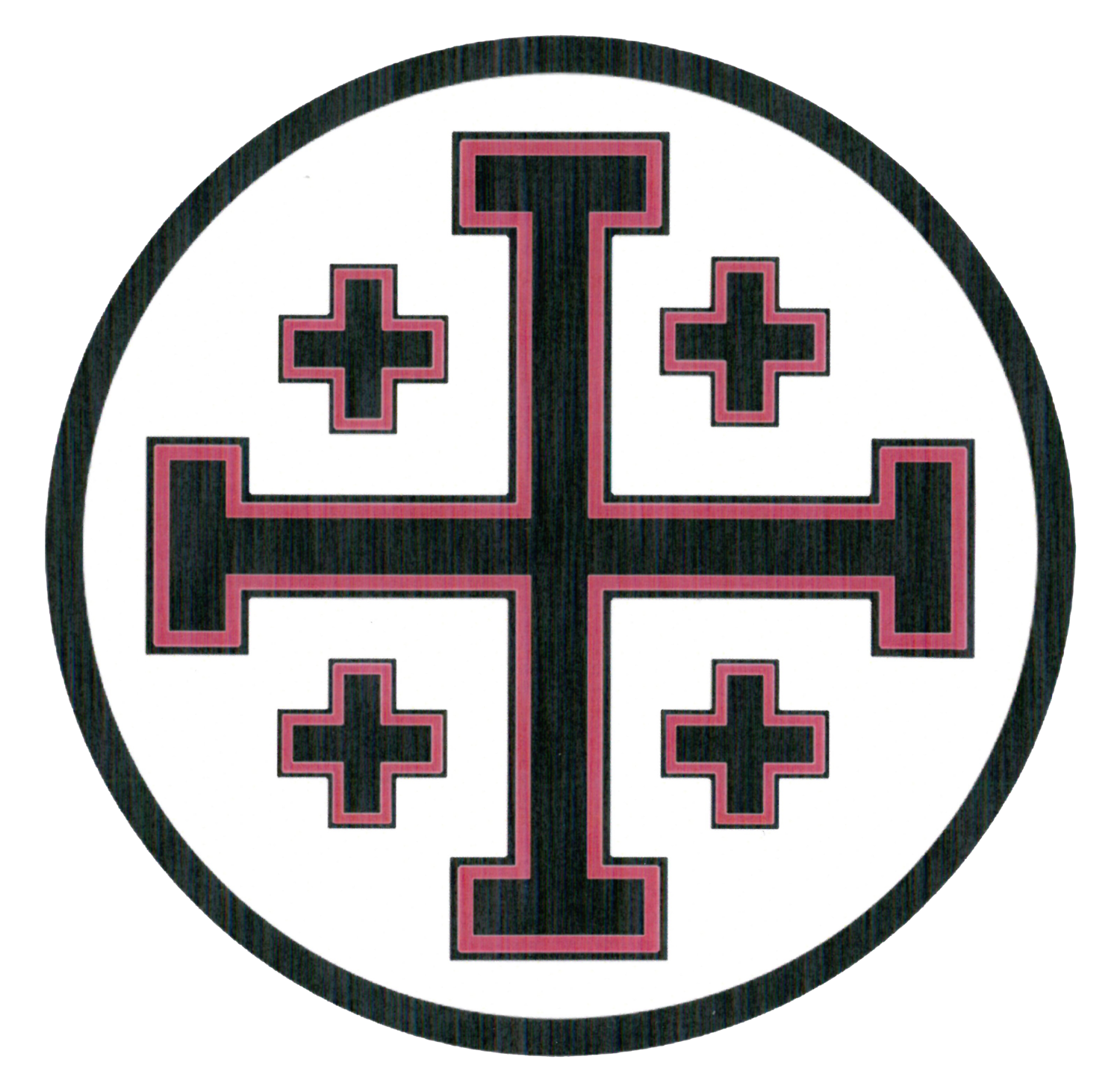Horn of Salvation
This is part 2 a series of blogposts featuring parts of the Old Testament Tabernacle and how I believe we can relate those to our lives today. Click here for post #1.
The brazen altar, bronze altar, or altar of sacrifice was situated right inside the courtyard upon entering the gate to the Old Testament tabernacle. The altar stood raised on a mound of earth, higher than its surrounding furniture. The altar was made of wood from the acacia tree and overlaid with bronze (usually symbolic of judgment on sin in the Bible), measuring 7.5 feet on all four sides and 4.5 feet deep. Four horns projected from the top four corners and a bronze grating was inside to hold the animal.
The altar was the place for burning animal sacrifices. It showed the Israelites that the first step for sinful man to approach a holy God was to be cleansed by the blood of an innocent creature. For a sin offering, a person had to bring an animal — a male one without blemish or defect from the flock or herd — to the priest at the tabernacle gate.
By laying his hand upon the head of the offering, the person was identifying with the sacrifice. Symbolically, his sin and guilt were being moved from himself to the animal. The priest would then slaughter the animal, sprinkle its blood in front of the veil of the Holy Place, burn the sacrifice, and pour the rest of it at the bottom of the altar. Blood is a significant agent of atonement and cleansing in the Old Testament.
Although the blood of the sacrifices covered over the sins of the Israelites, they had to perform the sacrifices year after year, for they were not freed permanently of a guilty conscience. However, Jesus Christ, the Lamb of God, came as the ultimate and last sacrifice for mankind when He offered up His life.
As Isaiah 53 prophesied, the Christ would be like a lamb that is led to slaughter and pierced for our transgressions. His blood was sprinkled and poured out at the cross for us.
“For you know that … you were redeemed … with the precious blood of Christ, a lamb without blemish or defect.” (1 Peter 1:18-19). Because of Jesus… “there is no longer any sacrifice for sin.” (Hebrews 10)
Horns were a symbol of power and strength in biblical times. When the sacrifice was made, blood was dabbed on the horns of the altar, signifying the power of the blood to atone for sins. In the same way, there is mighty power in the blood of Christ. Jesus is the “horn of our salvation” (Psalm 18:2, Luke 1:69). Jesus Himself is the Lamb of God for those who believe in Him.
The Hebrew root for altar means “to slay” or “slaughter.” The Latin word alta means “high.” An altar is a “high place for sacrifice/slaughter.”
When I read this part, I thought “oh, my gracious!! If we treated our church altar like it was the place it is meant to be….” If we really “slaughtered” the sin in our lives while we were at said altar…. wow! What a change that would make in our lives.
Psalm 38:18, says “I confess my iniquity; I am sorry for my sin.” And 1 John 1:9 says, “If we confess our sins, he is faithful and just to forgive us our sins and to cleanse us from all unrighteousness.”
Aren’t you glad we don’t have to do the animal sacrifices anymore? We can go straight to Jesus who is our Horn of Salvation and has conquered sin in our stead.

